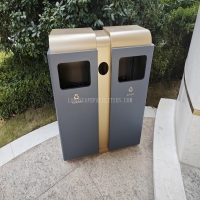Welcome to the website for landscape facilities products and knowledge.
What are the most common issues with cushion retention and how are they addressed in design?
Cushion retention is a critical factor in furniture longevity and user comfort, yet several common problems plague traditional designs. The most frequent issues include foam degradation, sagging, uneven compression, and loss of structural support over time.
Foam degradation occurs when materials break down due to repeated compression, UV exposure, or moisture absorption. Modern designs combat this with high-density memory foams or hybrid latex cores that resist indentation. Sagging problems are addressed through innovative support systems like pocketed coils or zoned support layers that distribute weight evenly.
Uneven compression often stems from poor material selection, leading to "body impressions." Advanced designs now incorporate variable density foams and reinforced edge support to maintain shape. Temperature sensitivity is another concern addressed with phase-change materials or breathable gel-infused foams.
Maintenance challenges are being solved through removable, machine-washable covers and water-resistant barrier fabrics. Some manufacturers now implement modular designs allowing individual component replacement rather than full cushion disposal. Cutting-edge solutions include smart cushions with pressure sensors that alert users when rotation or replacement is needed, significantly extending product lifespan while maintaining optimal comfort.
Related search:

Recommendation
Double-bucket garbage bin, outdoor, metal, multi-color, powder-coated, double-bucket trash can